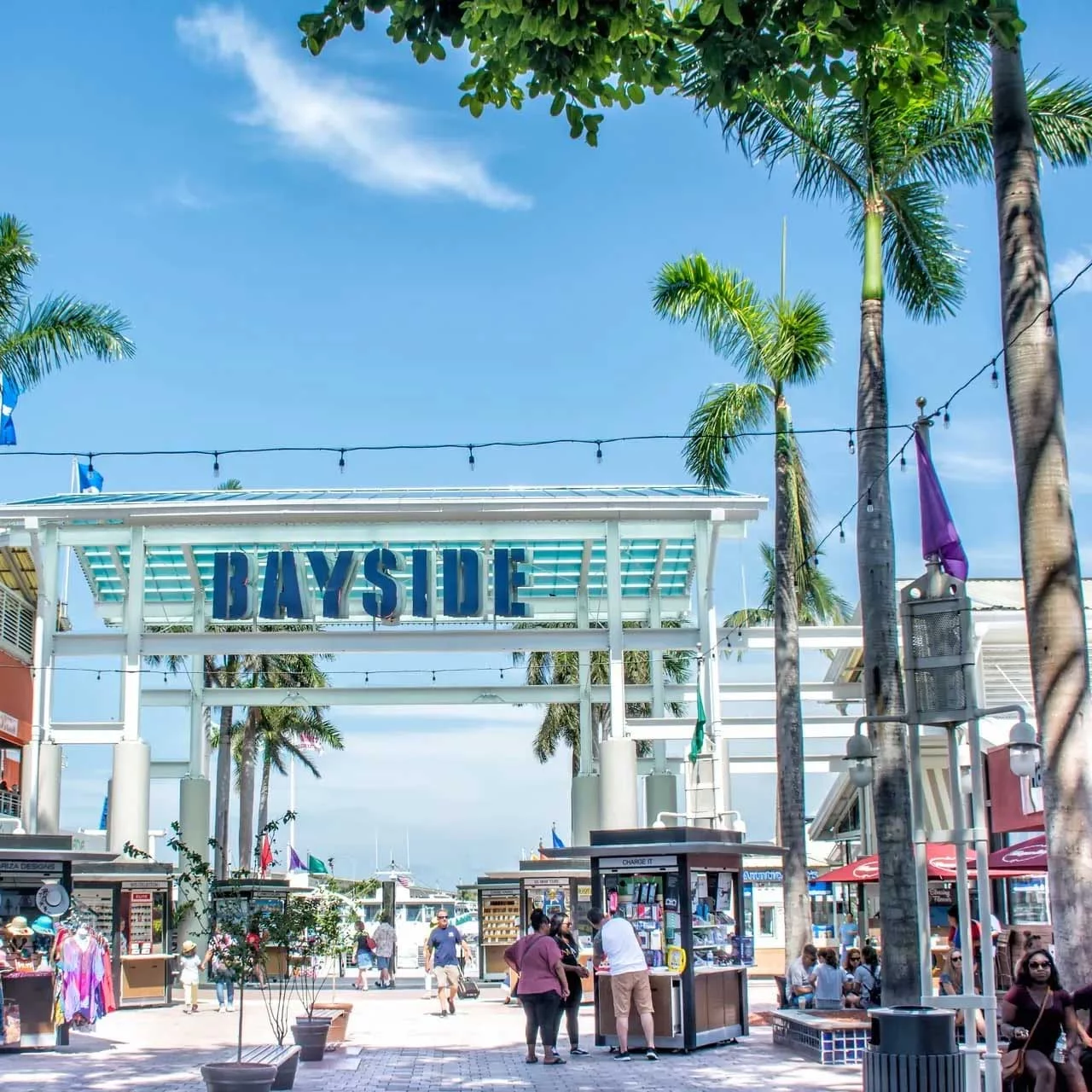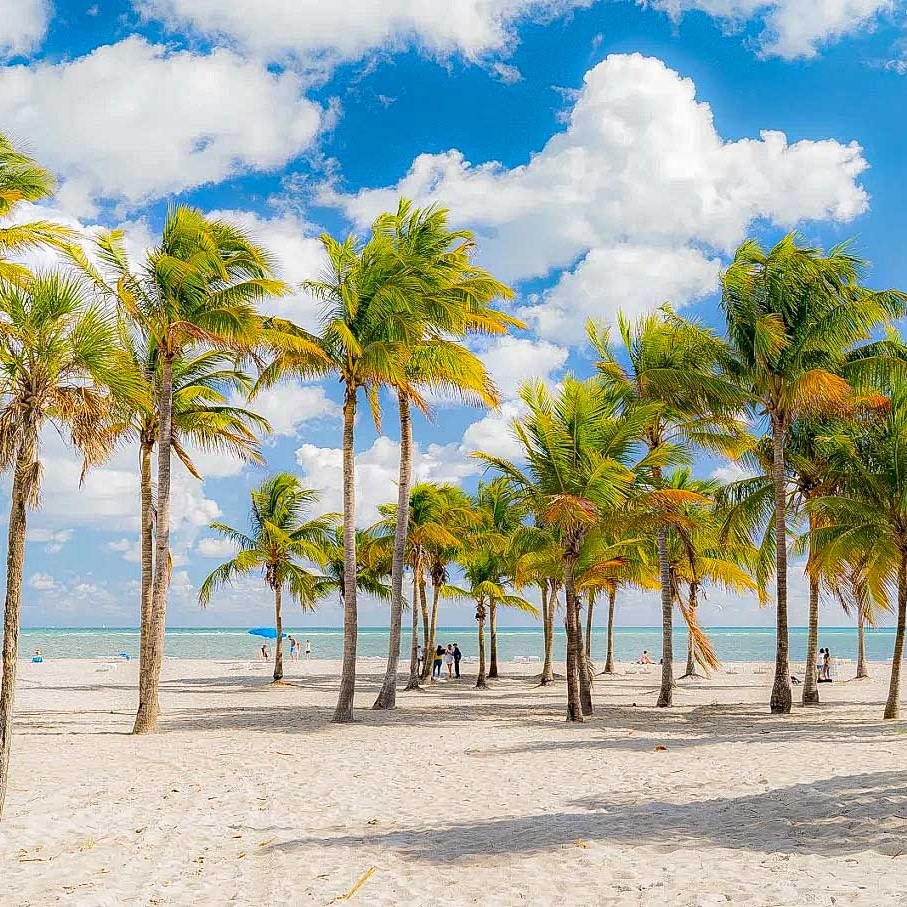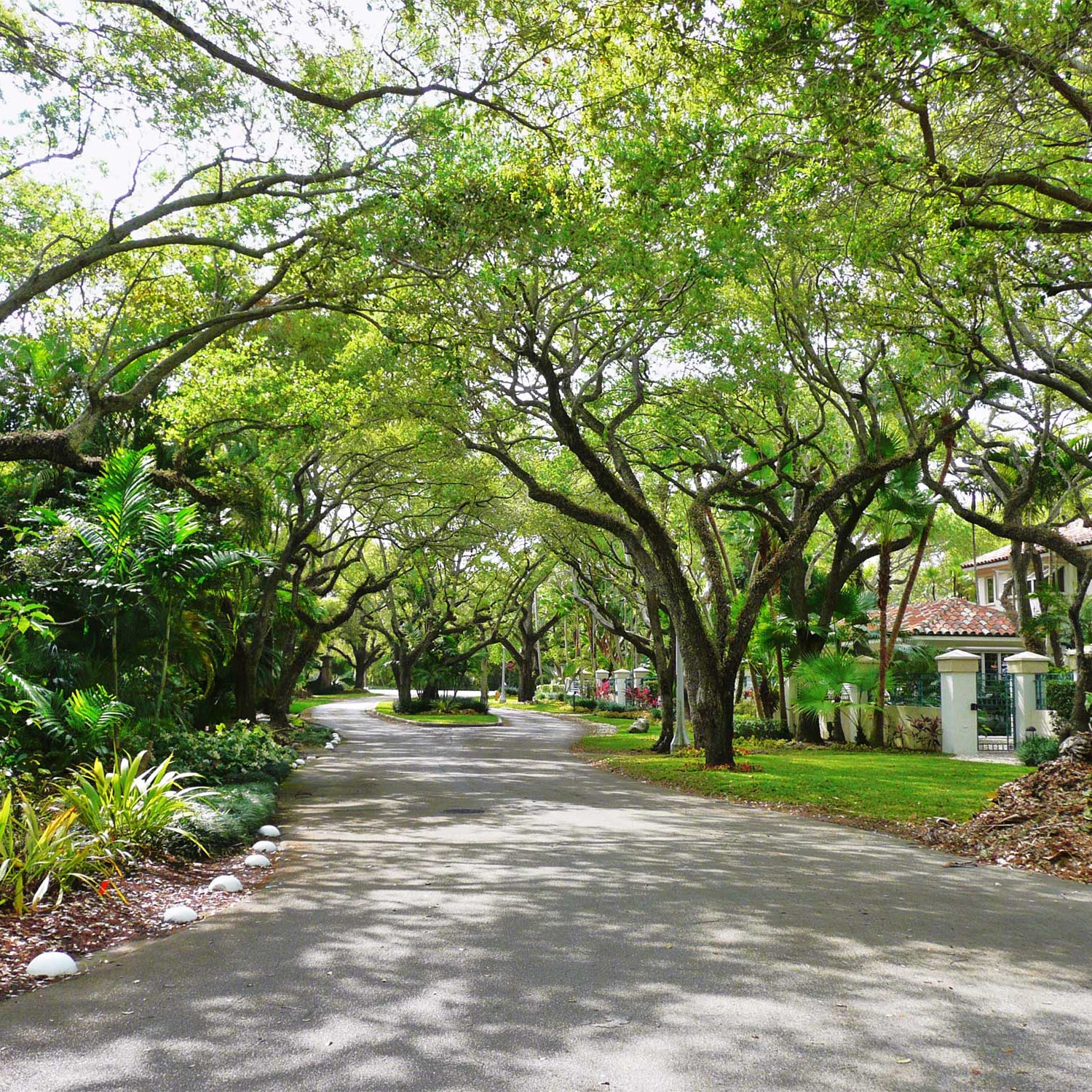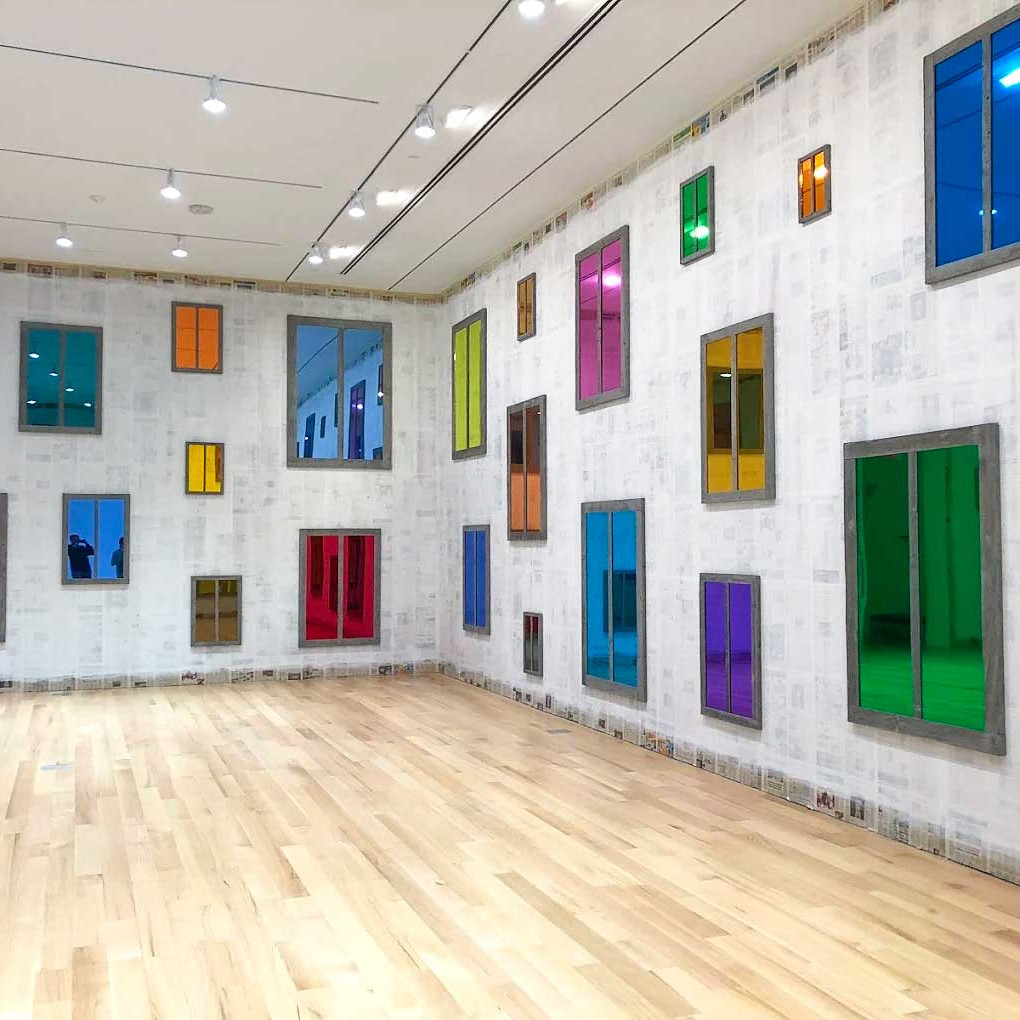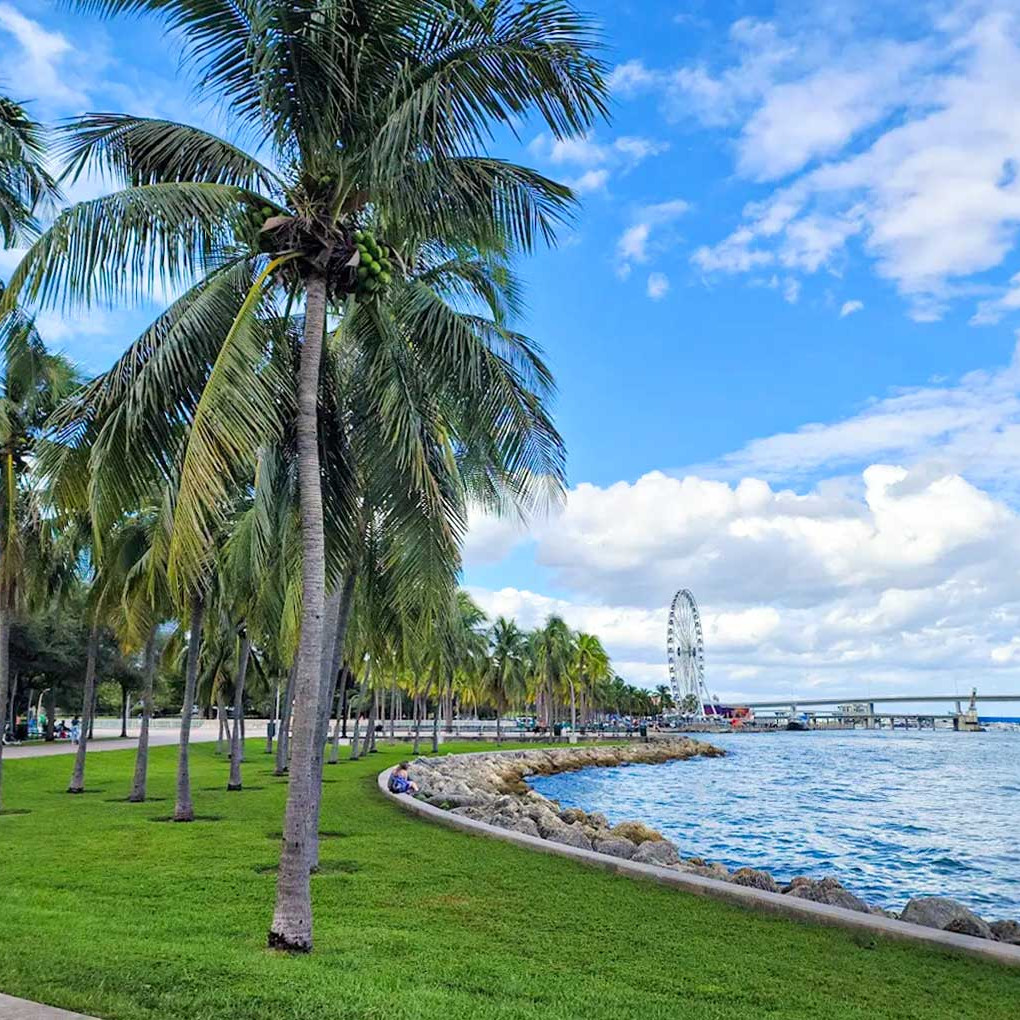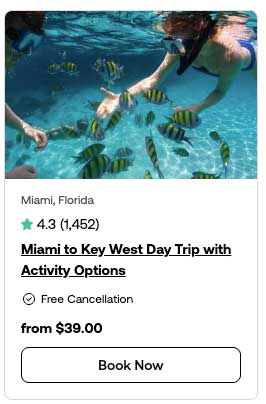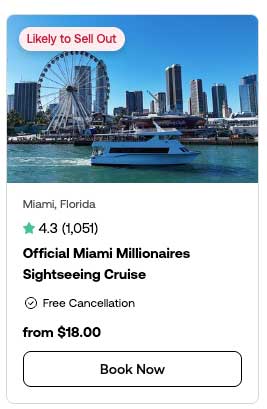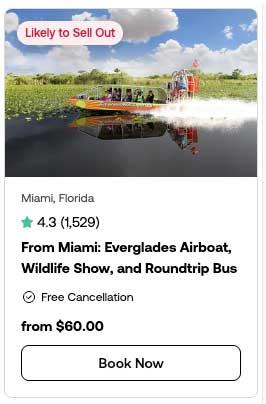12 Things You Probably Didn’t Know About Miami
Miami is often associated with its beaches, nightlife, and vibrant culture, but the city’s story goes far beyond its modern reputation. From its Indigenous roots and unique role in U.S. history to surprising natural encounters and hidden landmarks, Miami holds a mix of little-known details that reveal another side of the city.
1. Miami’s Founding Was Powered by a Woman
Unlike most U.S. cities, Miami was the only major one founded by a woman. Wealthy citrus grower Julia Tuttle convinced railroad tycoon Henry Flagler to extend his tracks south—leading to Miami’s incorporation in 1896.
2. Its Name Originates from Native Language
“Miami” comes from the indigenous Mayaimi people, meaning “big water.” This connects directly to the city’s coastal and aquatic roots.
3. Downtown Sightings Can Include Manatees
Unconventional downtown traffic: manatees are known to swim into the Miami River and Biscayne Bay—especially in winter—giving the city a rare, peaceful moment among the urban pulse.
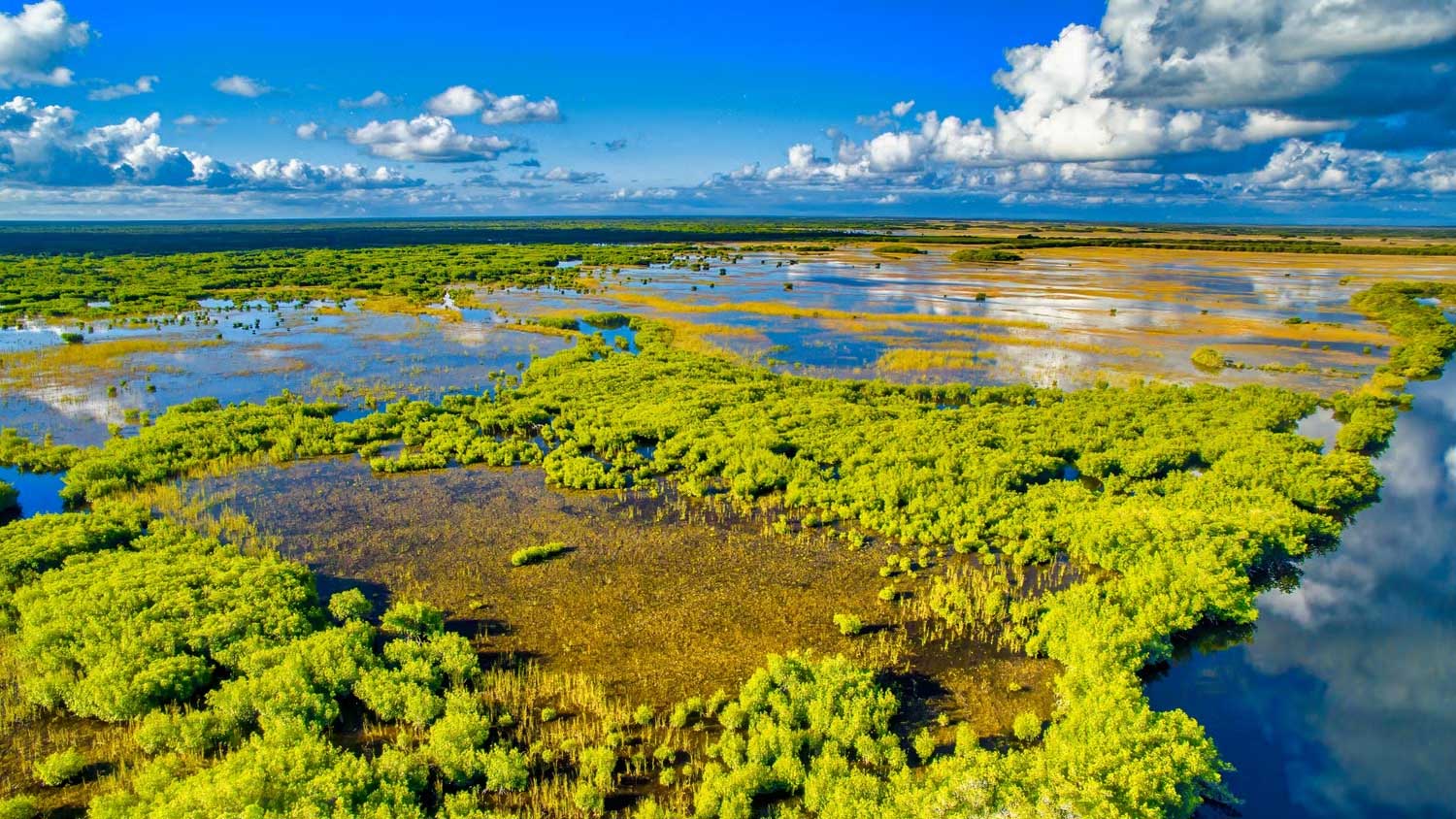
4. Miami Is Unique on the Map
It’s the only U.S. major city bordering two national parks—Everglades and Biscayne—plus it boasts 800+ parks in total
5. Miami Beach’s White Sand Often Isn’t Local
Miami Beach’s iconic soft, white sand is largely imported from the Bahamas and other parts of the Caribbean to combat erosion—and to preserve that beachy look.
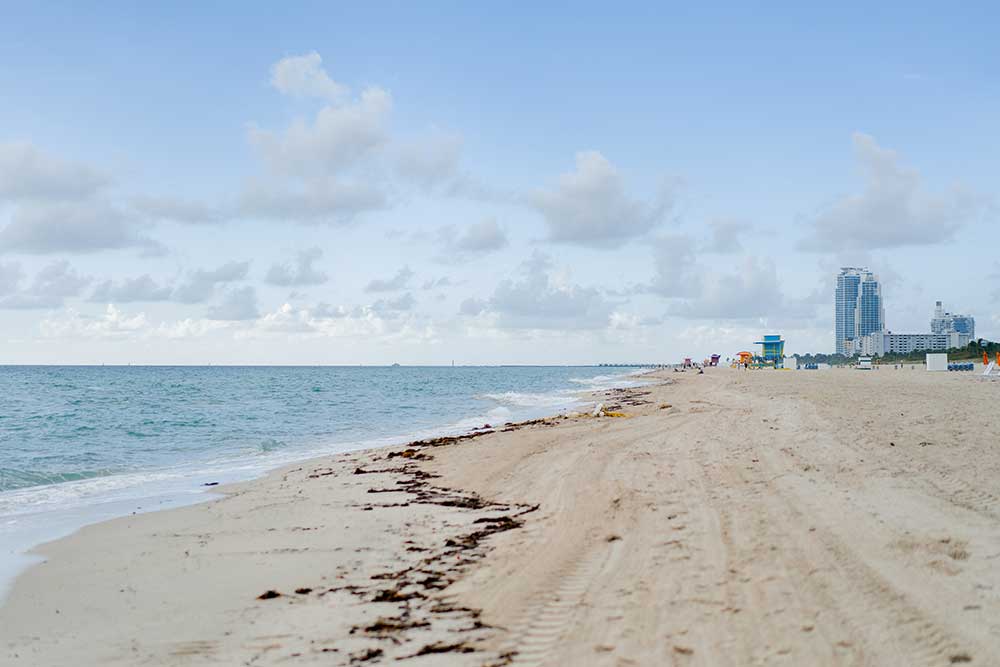
6. Sunscreen Was Invented in Miami
The sun protection we know as sunscreen was first formulated in Miami in the 1940s by pharmacist Benjamin Green, initially as a lotion for WWII troops
7. Miami Has a Submerged Time Capsule: Stiltsville
Stiltsville—a collection of wooden homes built on stilts in Biscayne Bay from the 1930s—once hosted social gatherings for the elite. A few structures survive inside Biscayne National Park as a reminder of that quirky era.
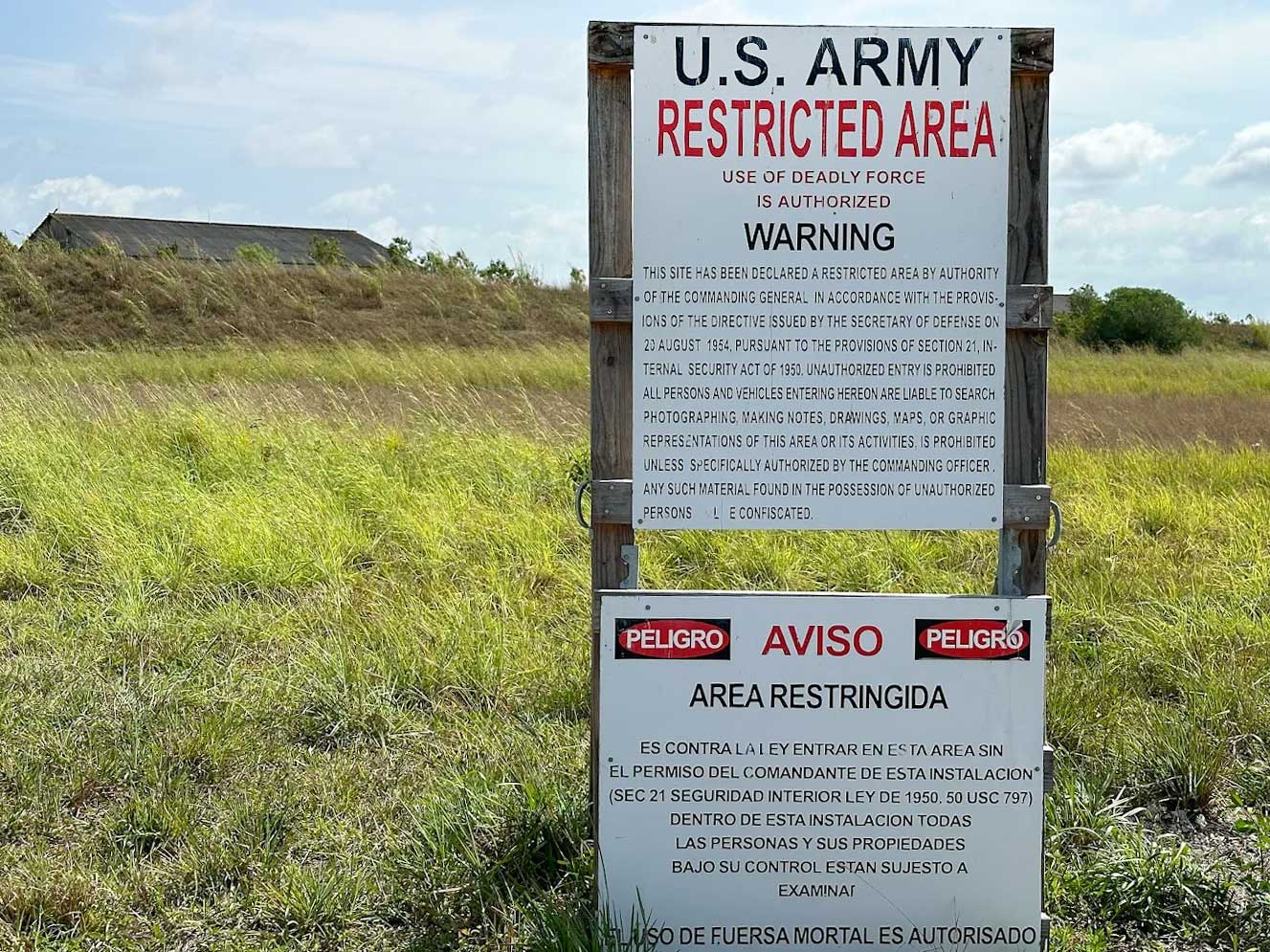
8. A Cold War Relic Remains Hidden in the Everglades
A decommissioned missile base from the Cuban Missile Crisis era remains intact within the Everglades National Park—one of Miami’s most unlikely historical landmarks.
9. Miami Has a Cold Rare Memory
In 1977, snow fell across Miami—an extraordinary event that remains the only recorded snowfall in the city’s history.
10. The Legendary “Miami Line” of Neon
The Miami Line is a 1,540-foot neon-light installation on a Metrorail bridge. Created in 1984 and expanded in 1988, it’s become a distinctive piece of Miami’s nighttime skyline.
11. Ancient Settlement in Downtown Brickell
During construction, archaeologists uncovered a 3,000-year-old Tequesta indigenous site in Brickell. The artifacts suggest a cemetery, highlighting the deep historical layers beneath modern development.
12. Midcentury Miami Has Its Own Architectural Style
Miami Modernist (MiMo) is a regional architecture style featuring elements like breeze blocks, glass, curved lines, and tropical design—visible along Biscayne Boulevard and Miami Beach.
Things to do in Miami
Are you ready to start discovering Miami?
Check some of the best tours below to make the best of your trip!


